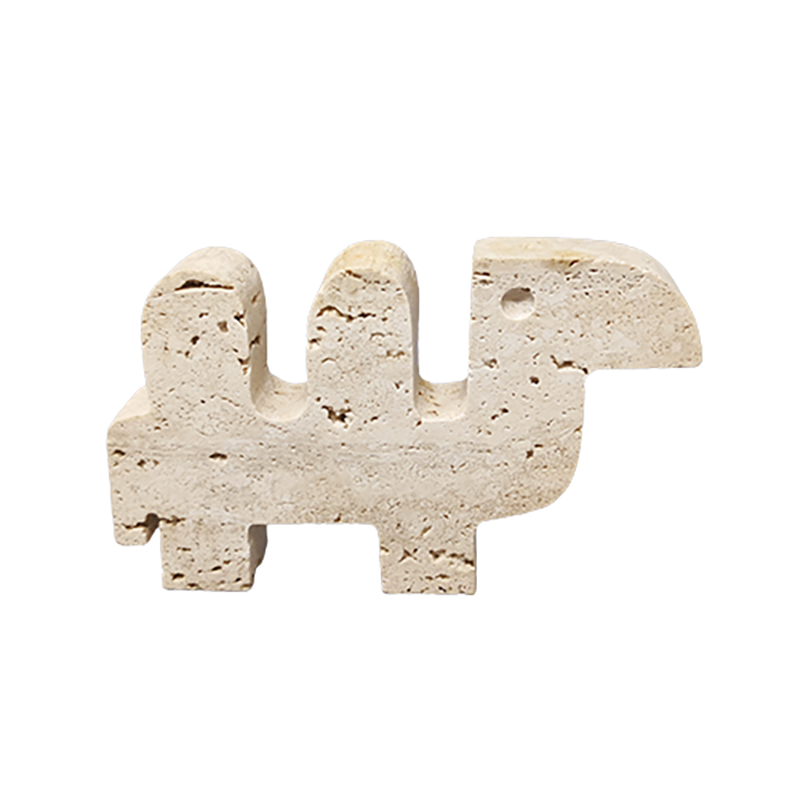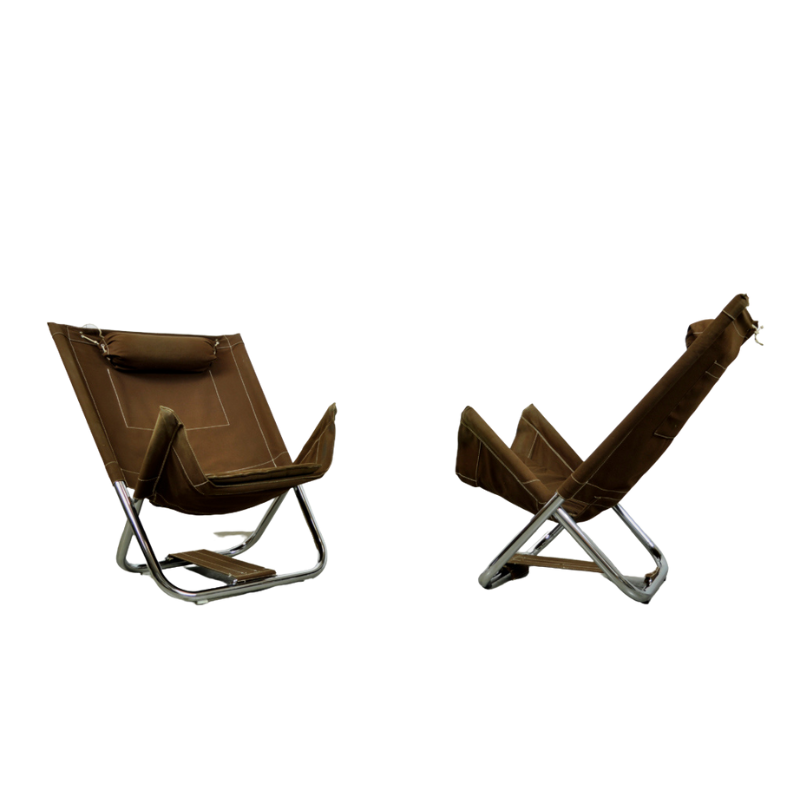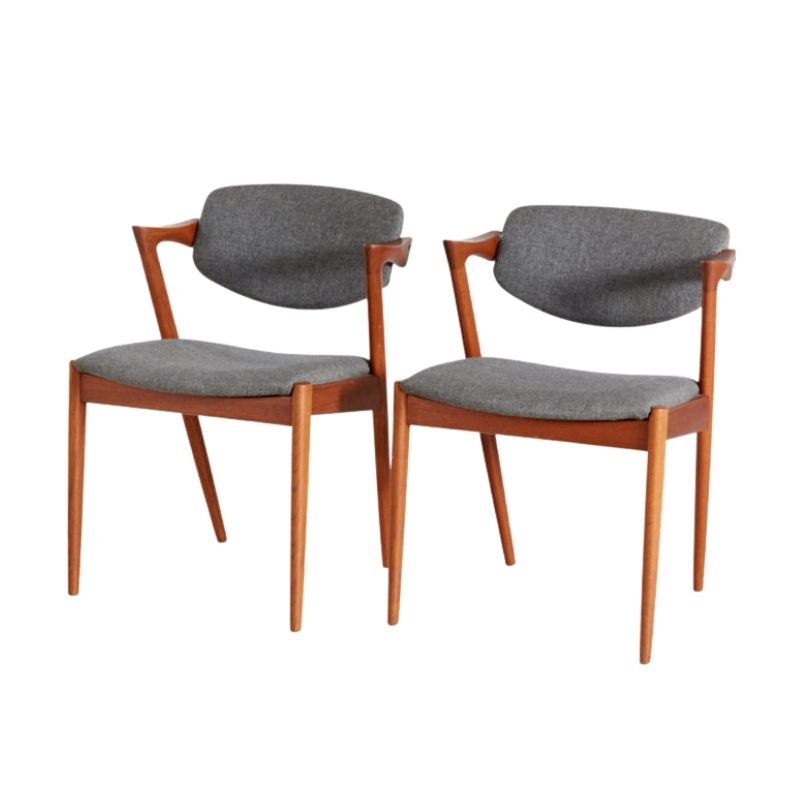You should replace the webbing. Jute wears out pretty quickly compared to a lot of other materials and there's a fair chance that what's there now will age faster than the fabric and foam that you put on the chairs. It's easy to redo and jute webbing is cheap.
I already redid my kitchen, but thanks!
leif, are you going to replace the old jute with elastic webbing or new jute? I'm in the exact same boat with you with four old Moller 75's with worn upholstery and old jute (well 3 1/2, with one chair having a snapped leg that still requires fixing). I was planning on going with the black webbing with red stripe. I've seen newer Moller chairs with Pirelli webbing, so figure elastic would be a good replacement option.
Zigzag for dining chairs with 1/2" foam? Not too sure about that. Isn't that spring design more appropriate for sofa and lounge chair frames with thick cushions? Also, my understanding is that the frames for zigzag springs are designed to handle the outward forces of the pretension. Webbing exerts forces in the opposite inward direction.
As to Jute vs elastic black seat webbing vs Pirelli webbing. Isn't Jute supposed to be nearly non-elastic? Which is to say Møller intended the upholstered chairs to have a nearly non-elastic foundation?
And another more general question: Should I just put Danish cord on these chairs?
Nice chairs. Good point about the non elasticity.
The original supports I have seen on old Moller chairs tends to be Jute or (in the case of later production chairs) that black mesh material which has no give whatsover.
I don't think you need an elastic support on a dining chair. I use Wegner W2's at home with half inch foam over a solid board seat, they are comfortable for long durations.
My pet hate is overstuffed upholstery, particularly on dining chairs, keep it as slim as possible and it will accentuate the good lines of the chair.
My favourite Moller chairs are examples with original leather showing great patina with the foam more or less turned to dust allowing a very slim profile.
I believe the jute webbing foundation is a carryover from the historic way a chair was upholstered where the jute webbing forms a fairly non-elastic foundation over which the springs then a horse hair pad would be placed. In the case of Møller, the springs and horsehair pad were elided to polyurethane foam.
If you need any help, please contact us at – info@designaddict.com









